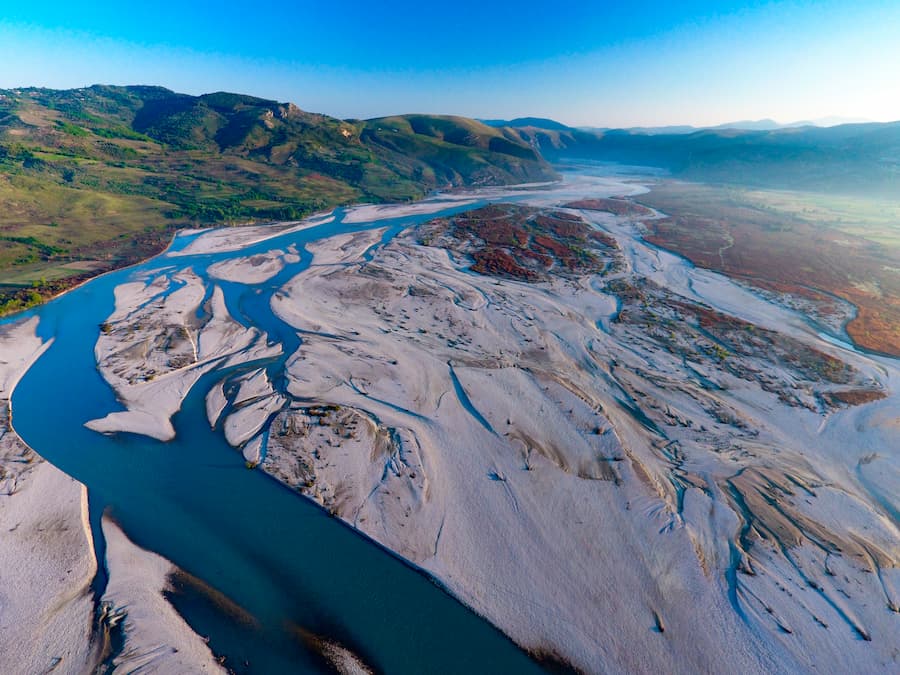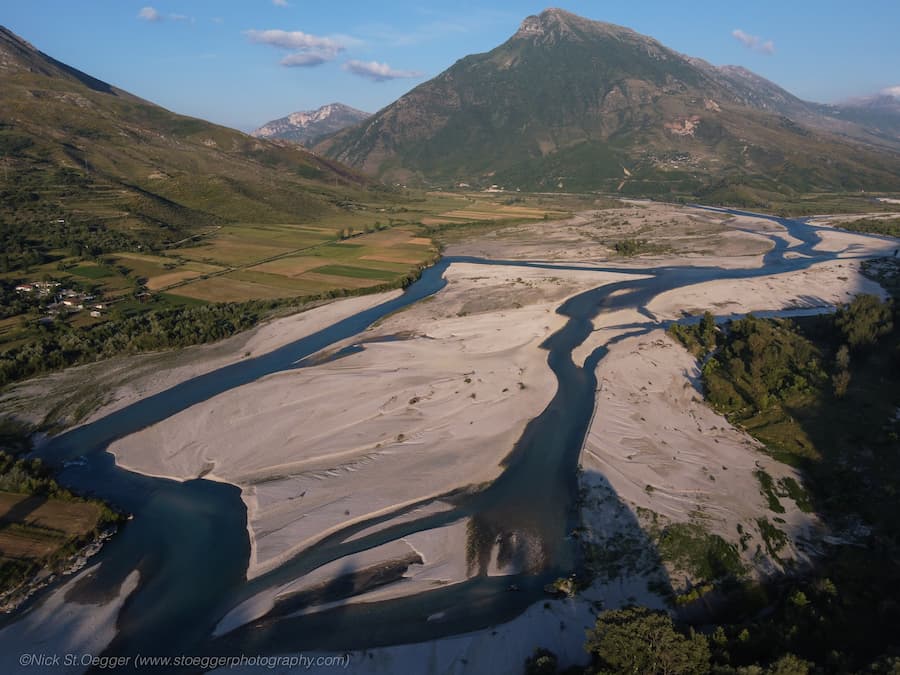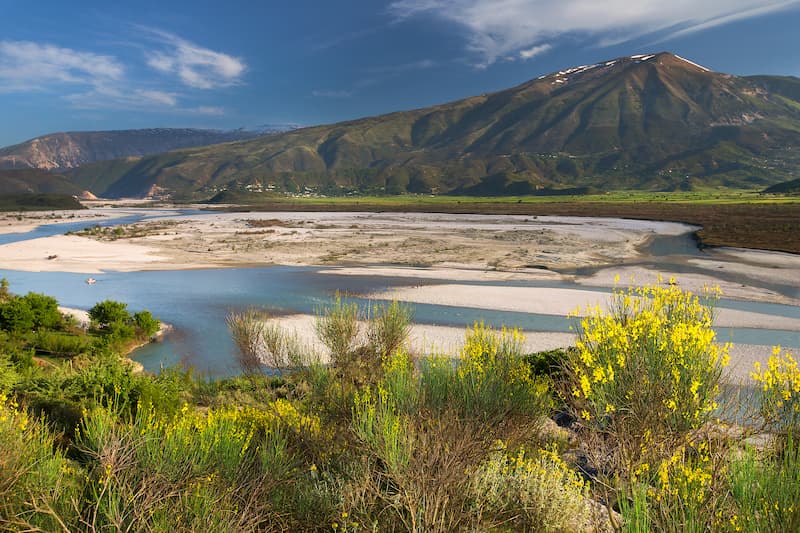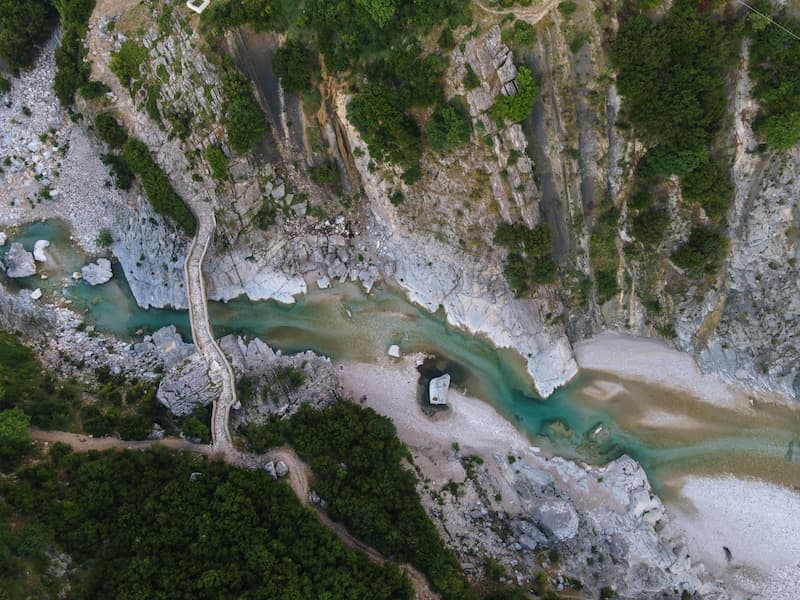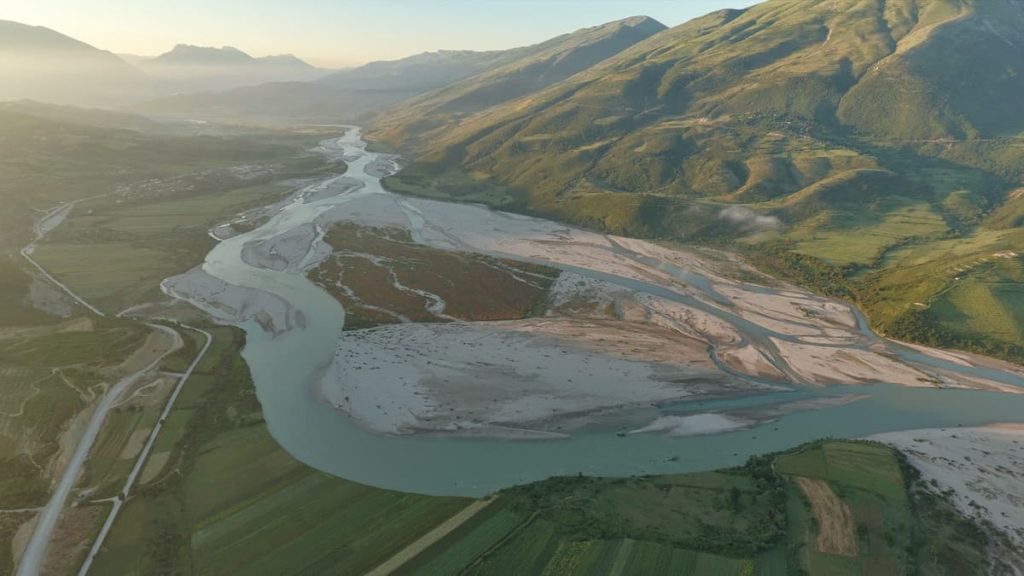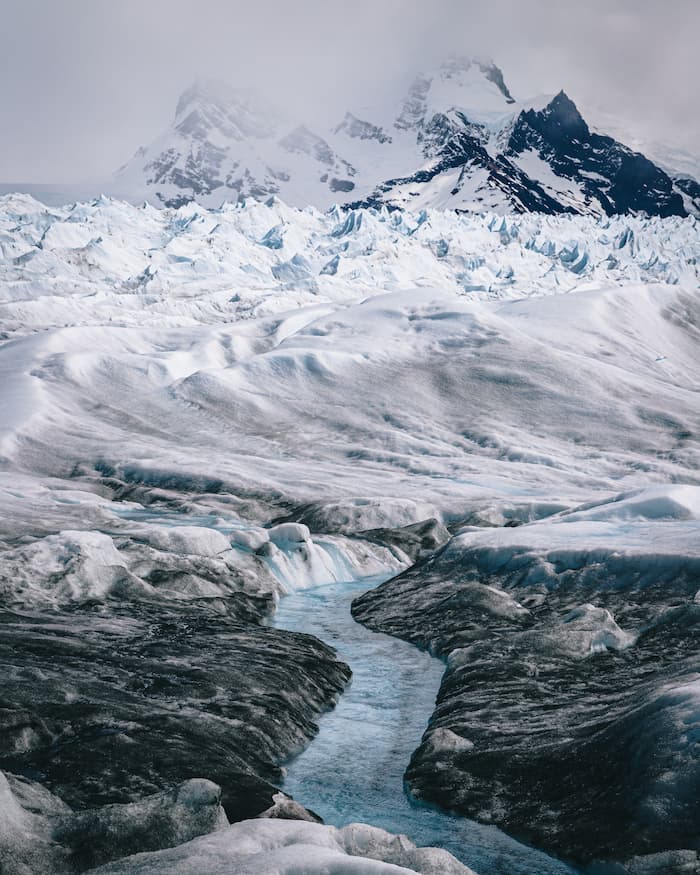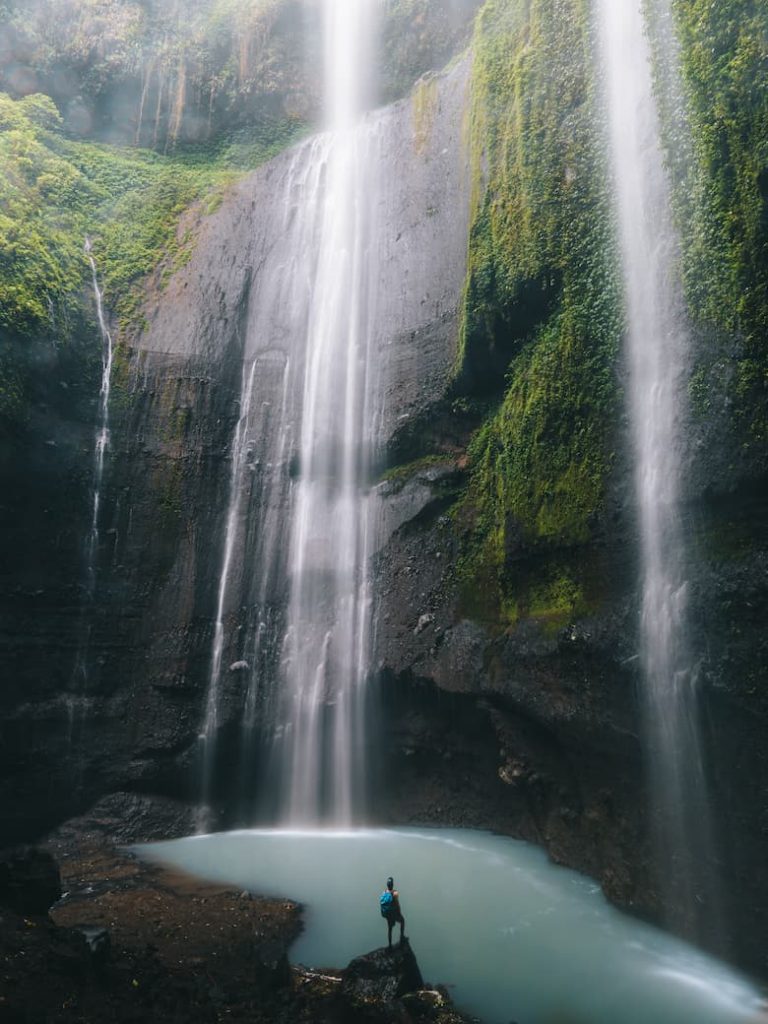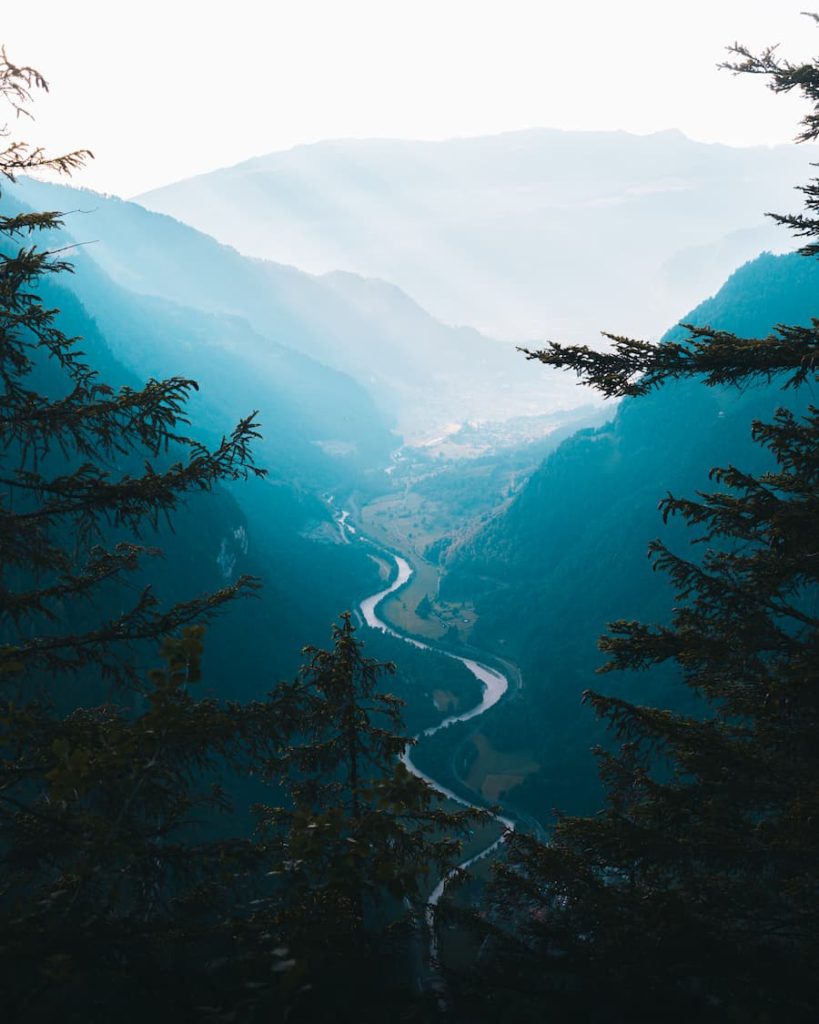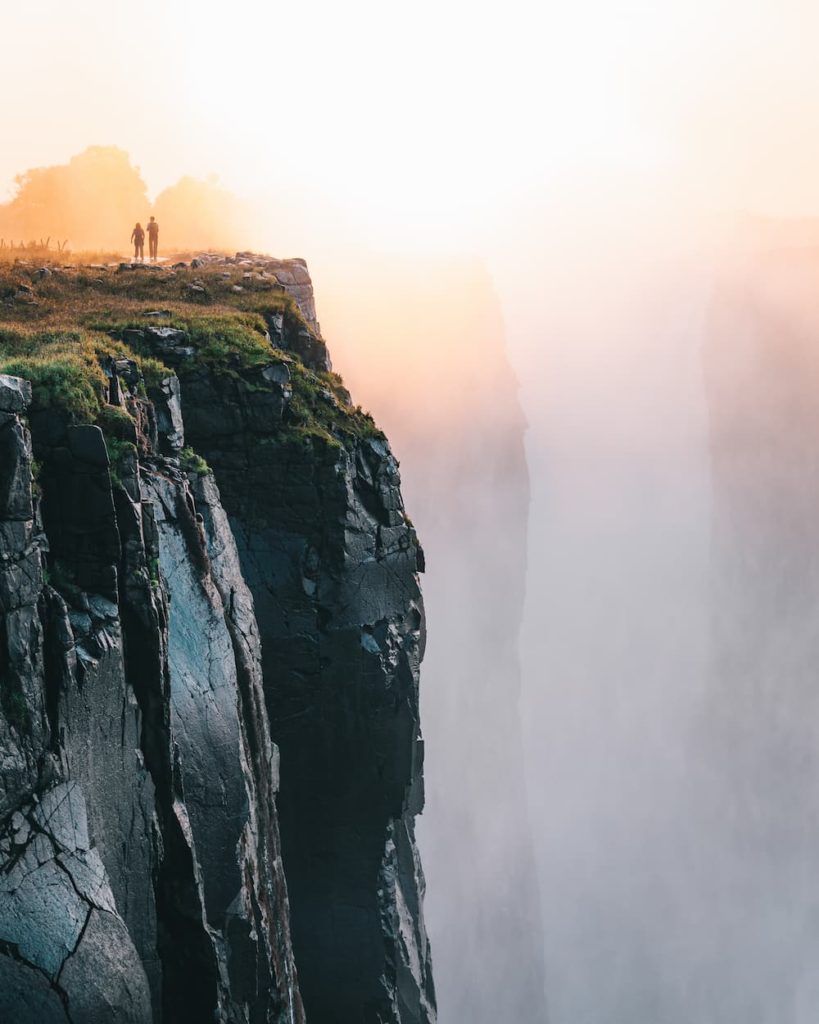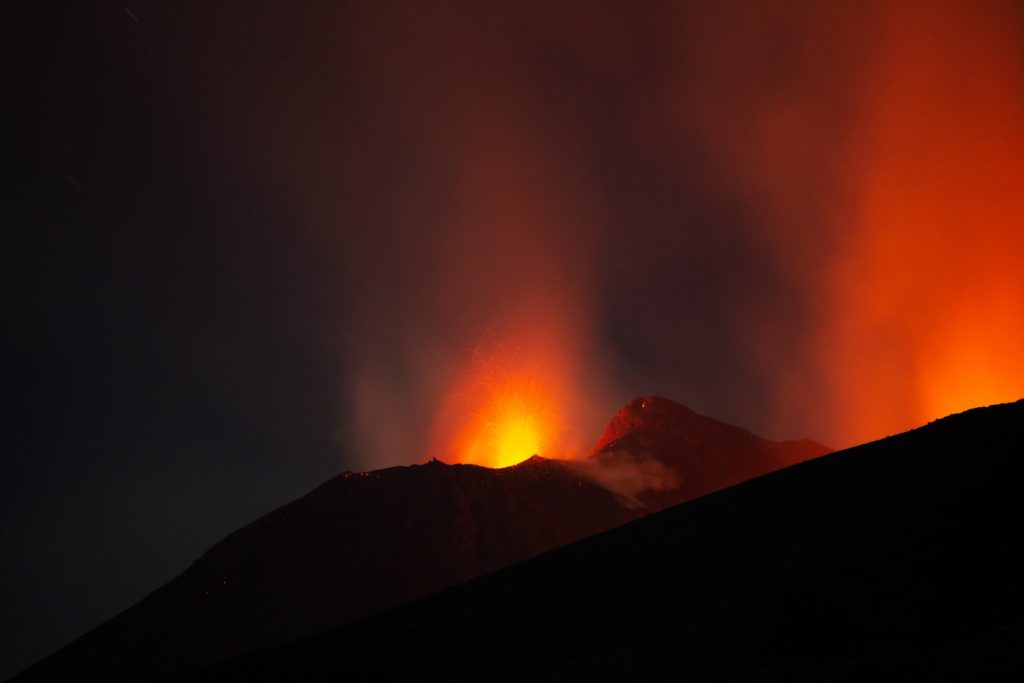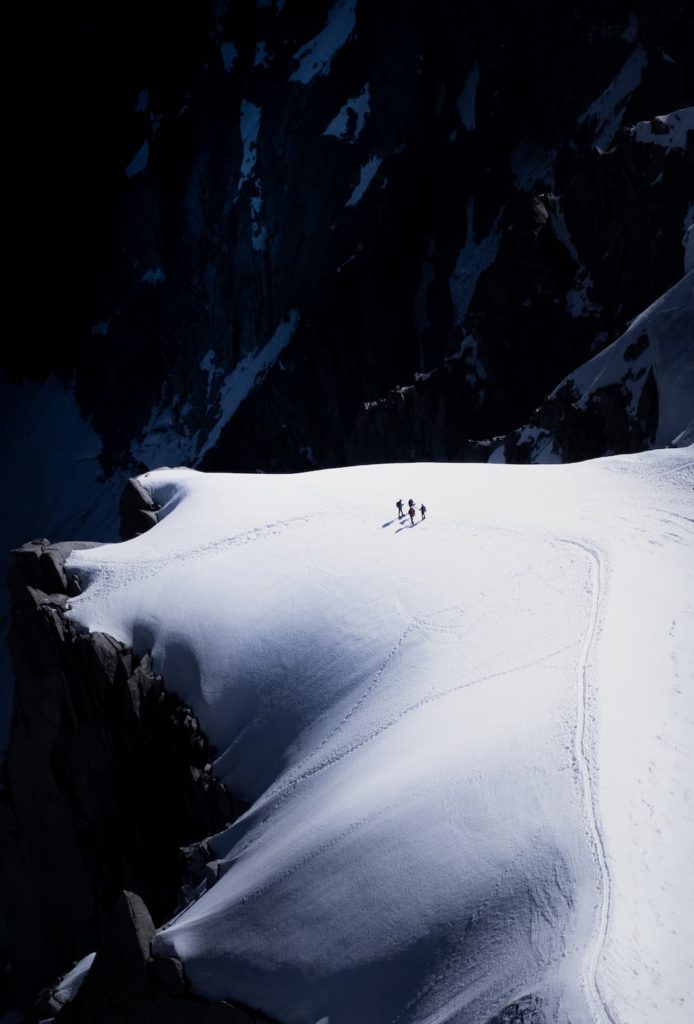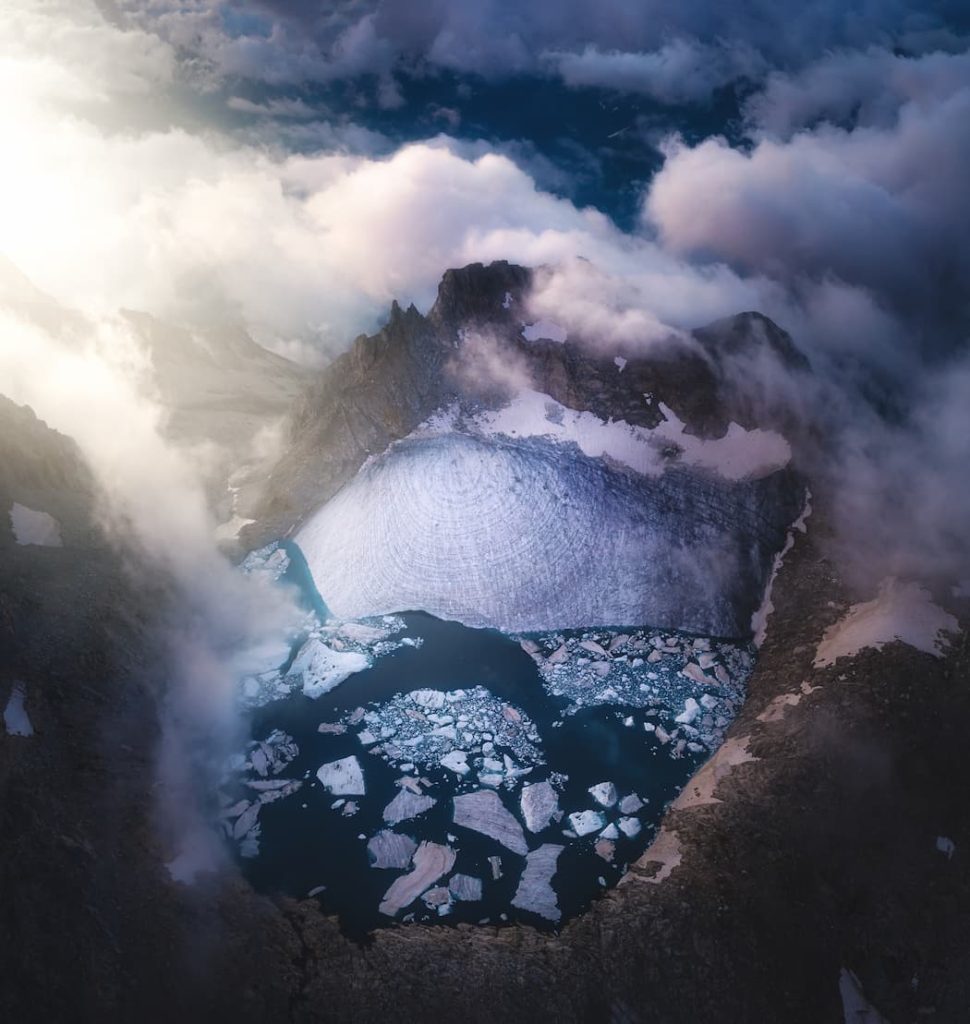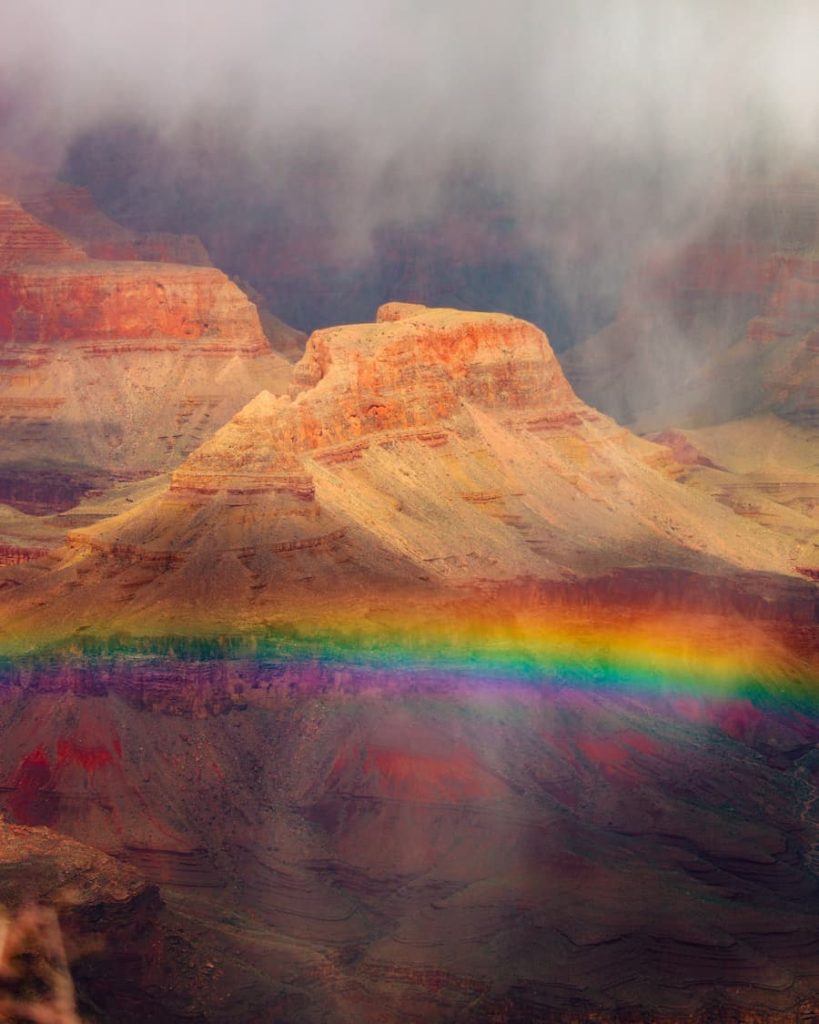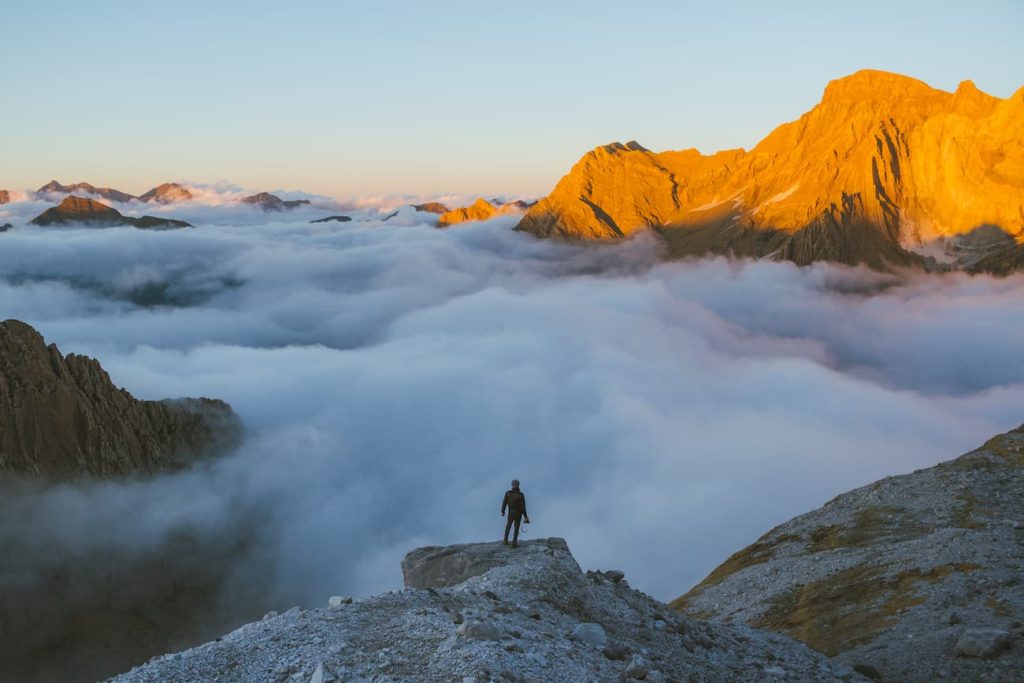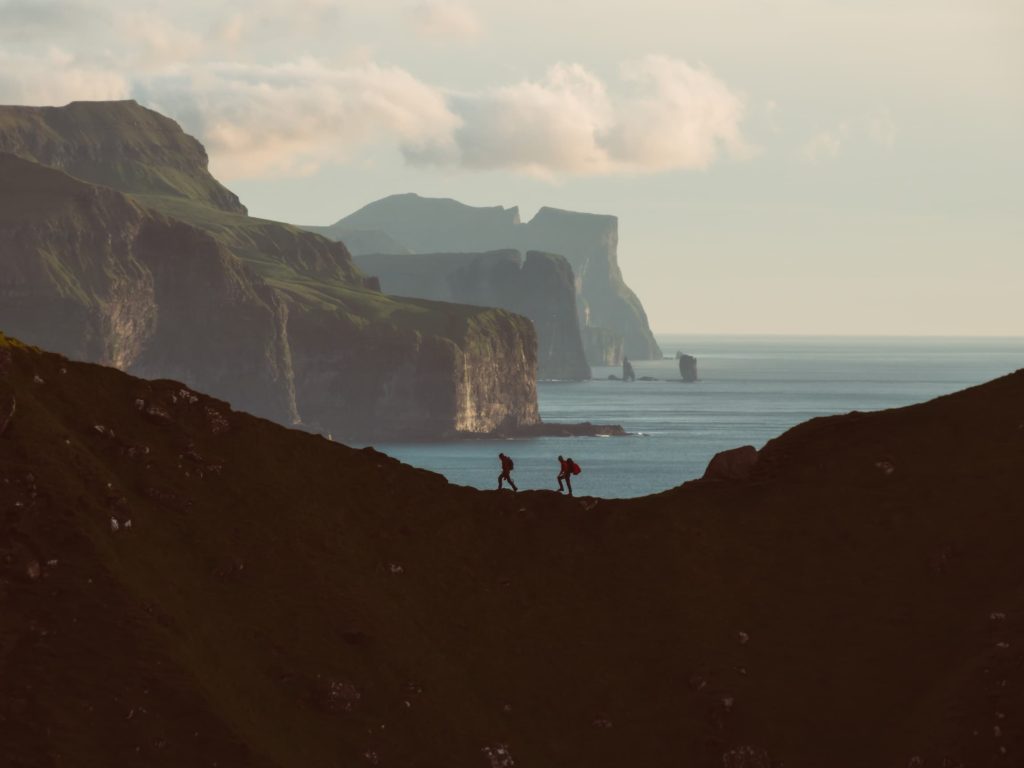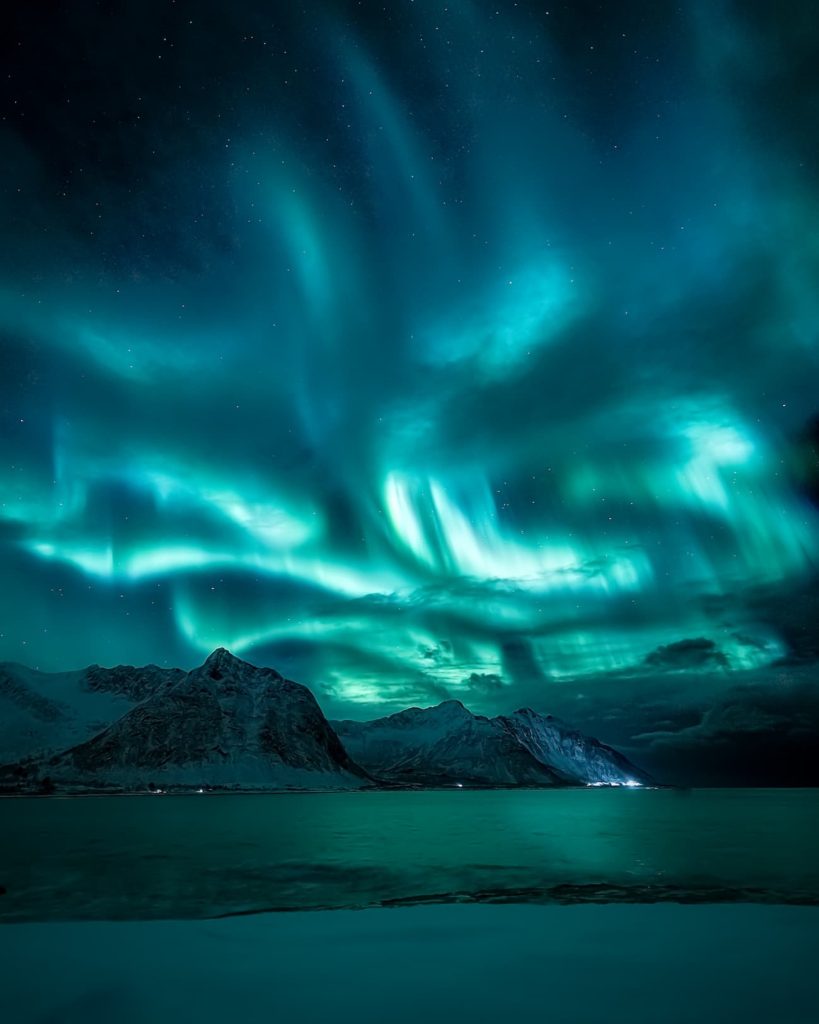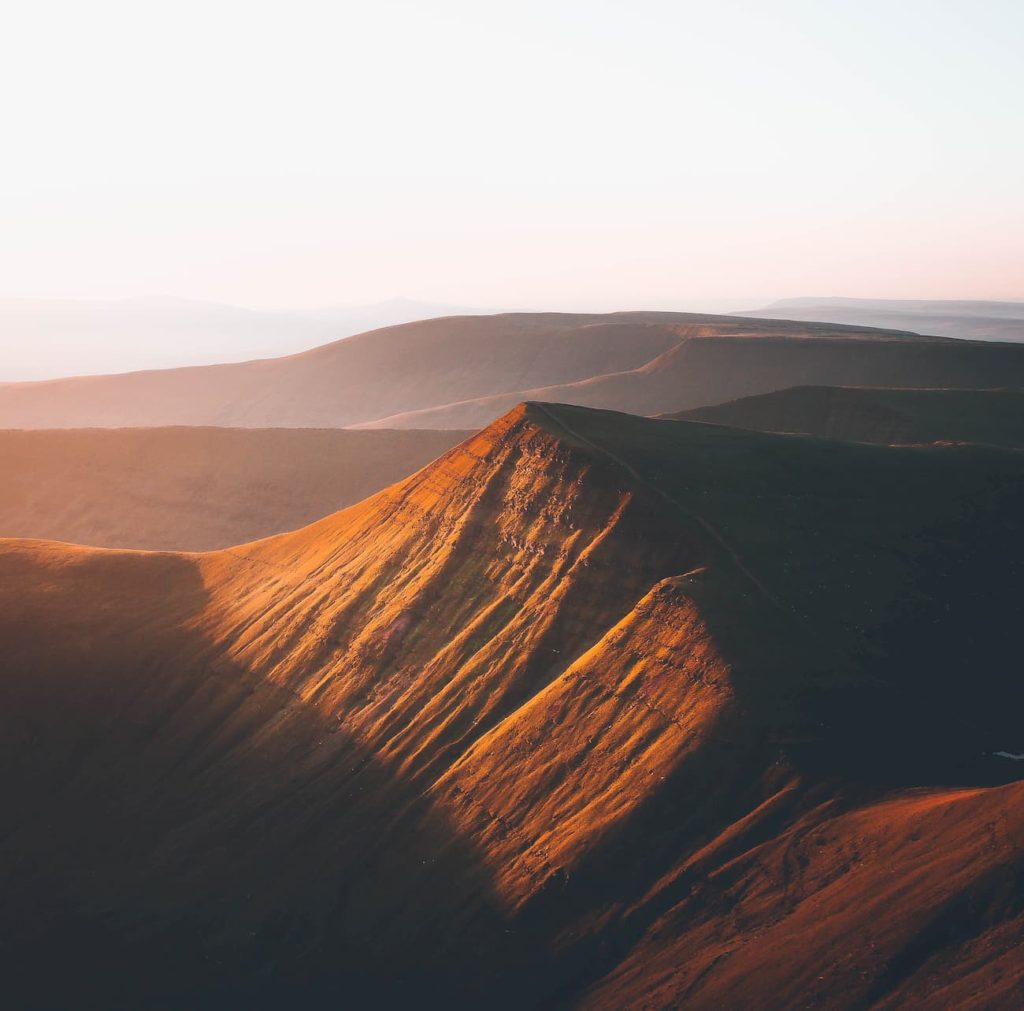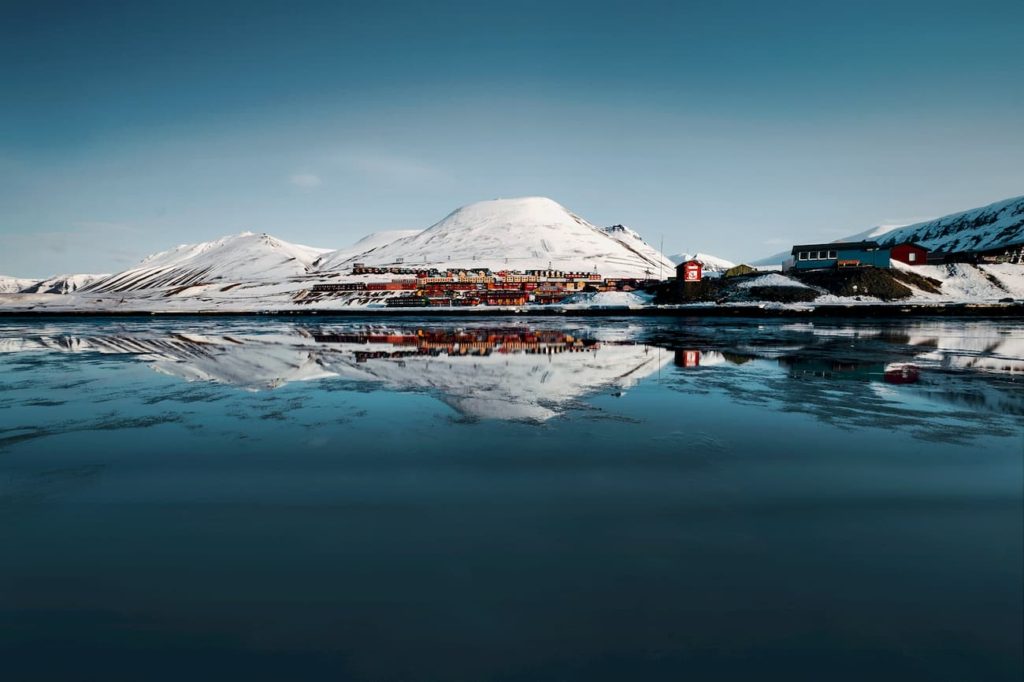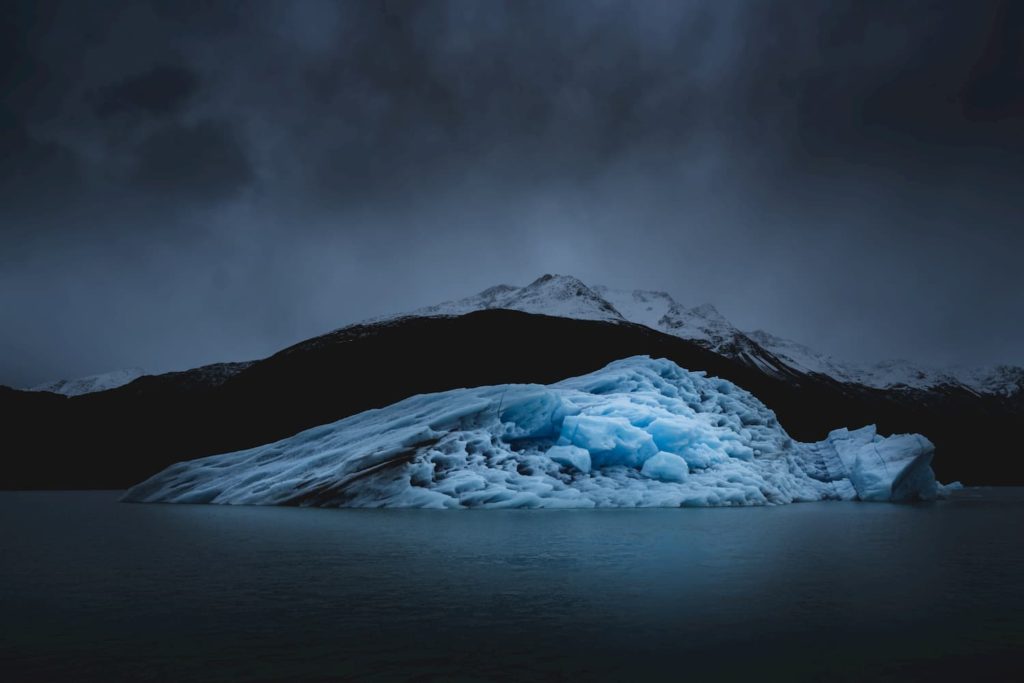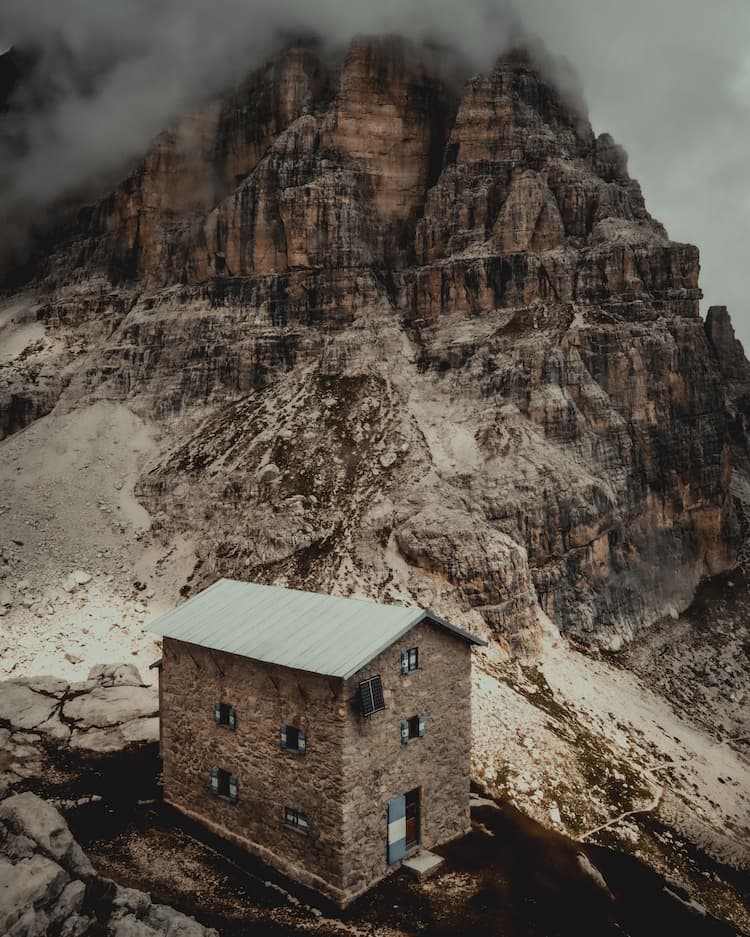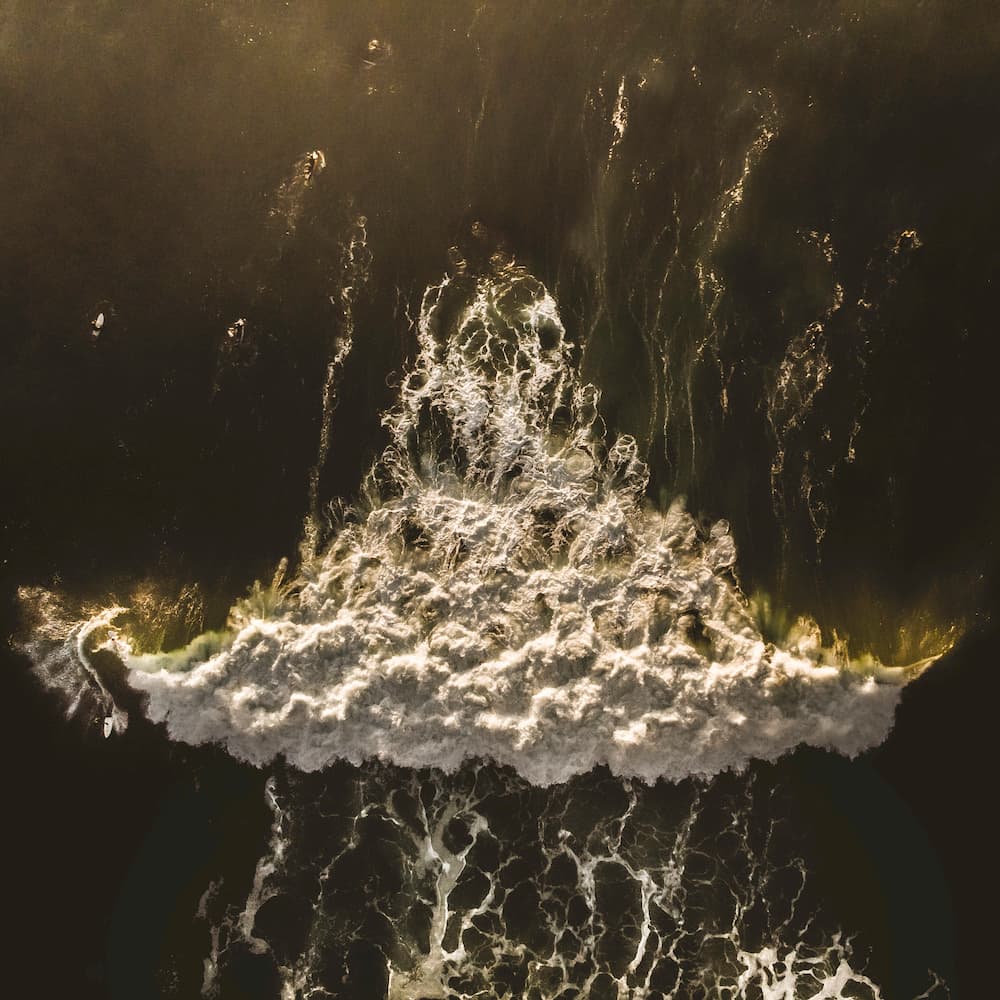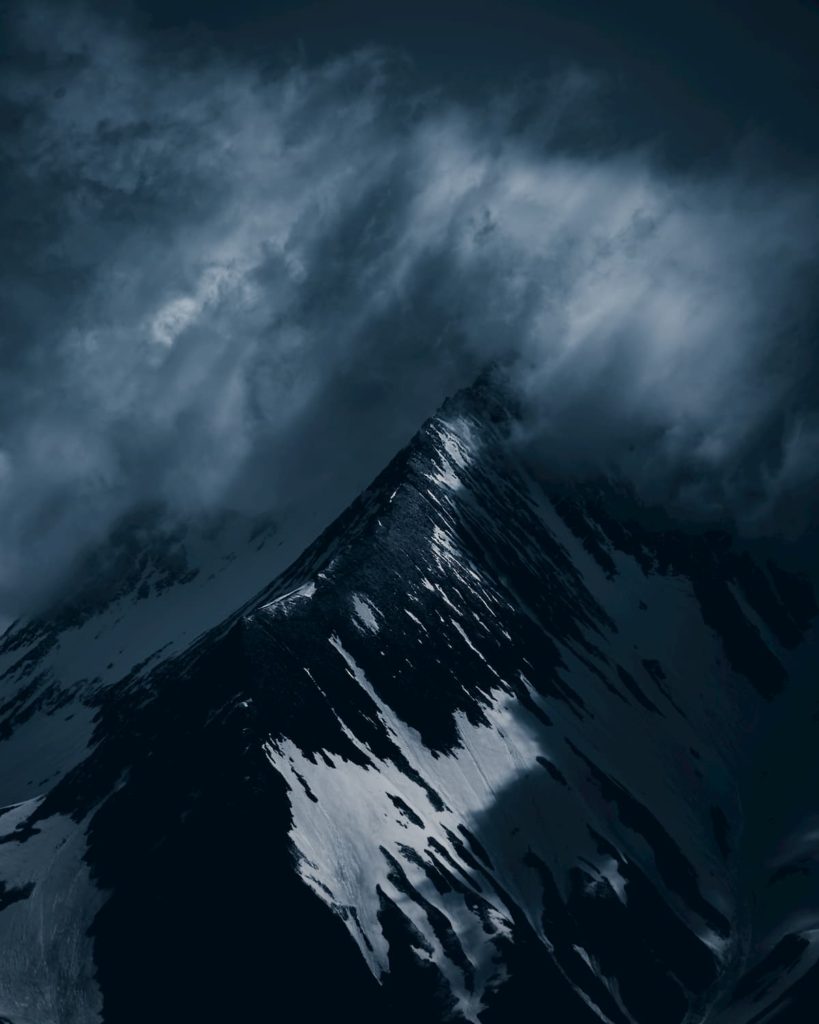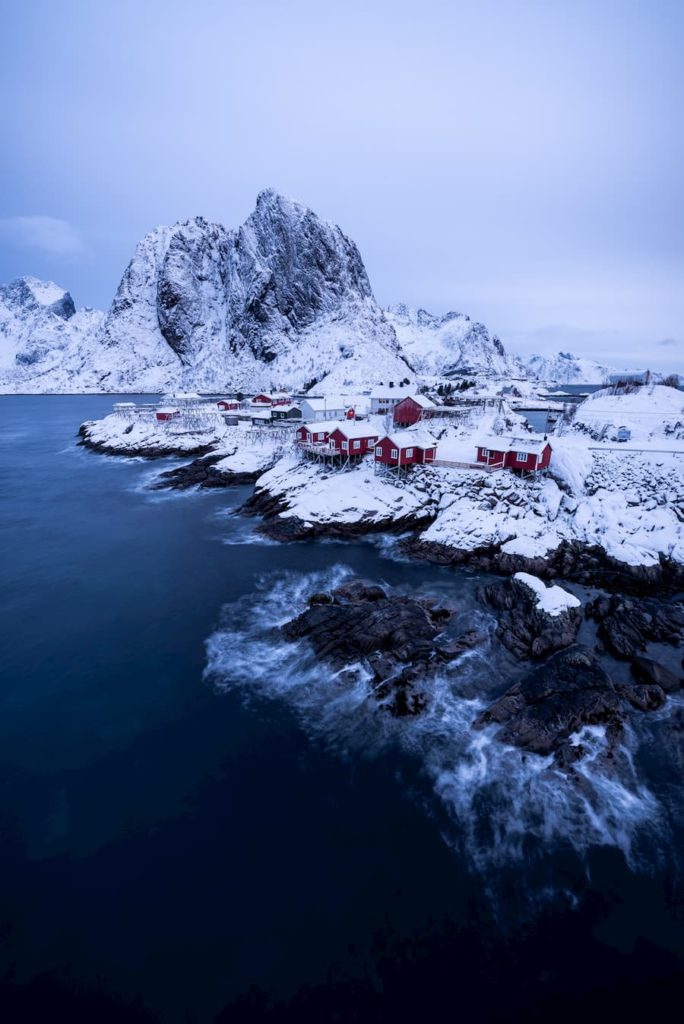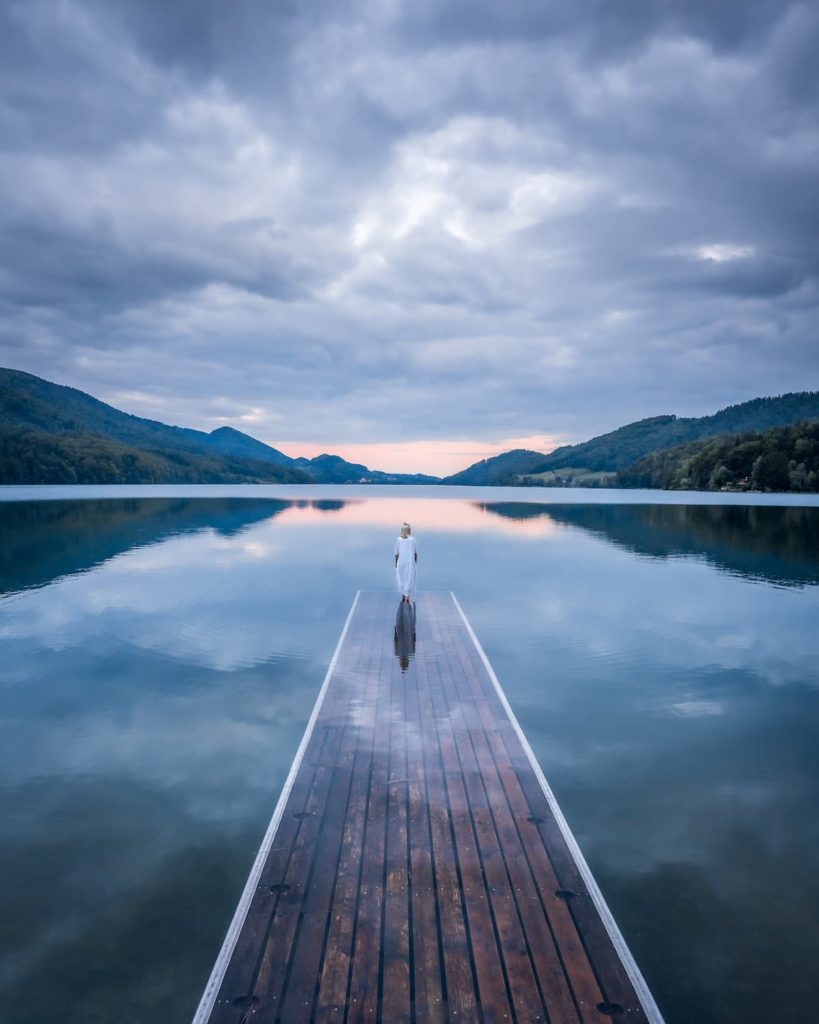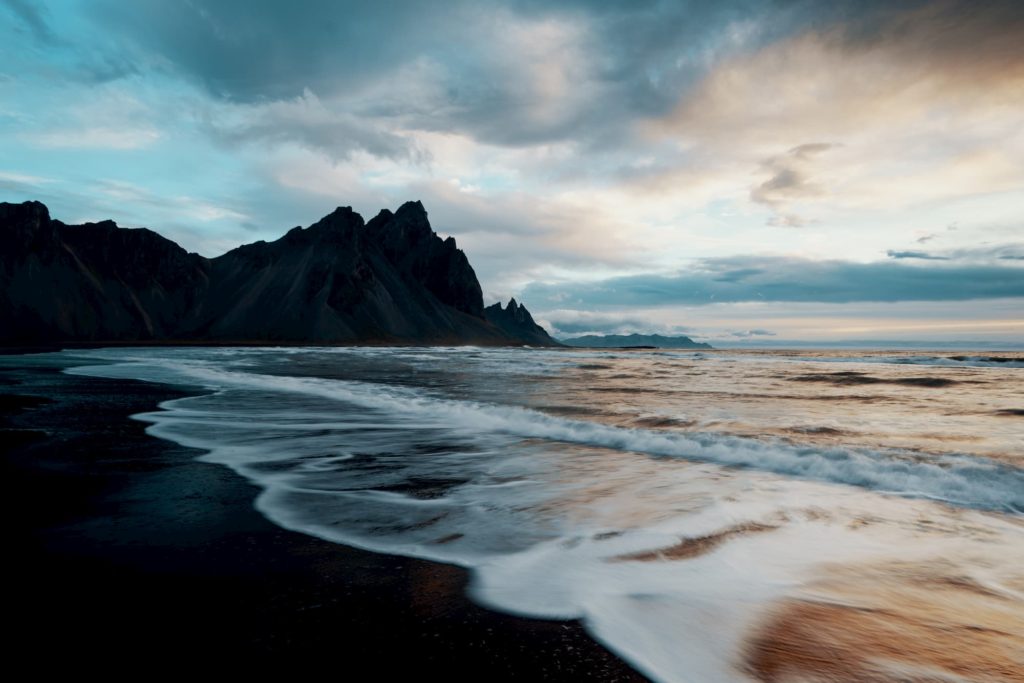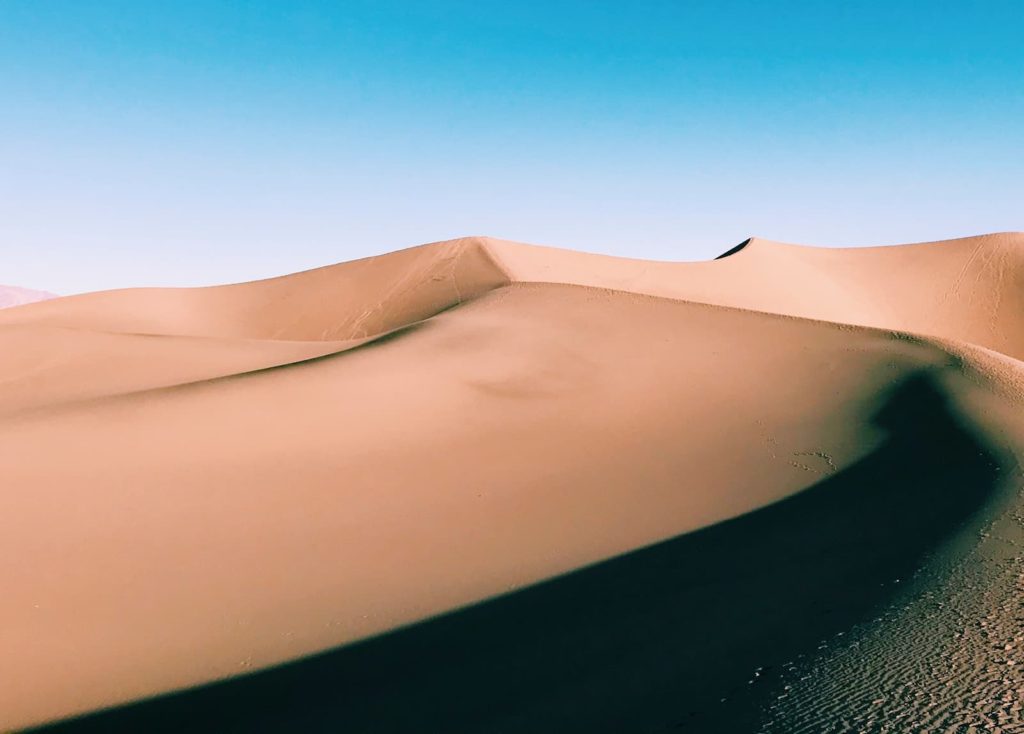
Help us protect the Vjosa river forever, the last great wild river in Europe!
@nicolasjehly
Photographer based in France
The Vjosa is the last great wild river in Europe. Its turquoise water runs freely and without interruption from its source in the Pindos Mountain in Greece to Vlora, in Albania, where it goes into the Adriatic Sea. The river has miraculously escaped all human intervention until today but is now threatened by many development projects (dams, airport, oil drilling, etc.).
The 272 km of the Vjosa constitute a preserved natural habitat that shelters exceptional biodiversity. Each year new species are discovered by scientists who see the Vjosa river as a real open-air living laboratory. Scientists are particularly interested in the flow of sediment carried out by the Vjosa.
"Its long-term study could serve as a model for the renaturation of European rivers, and better understand erosion phenomena."
I decided to get involved in order to help save the river after discovering an article on the threats to the Vjosa in a French newspaper. Today, there are more than fifty dam projects under study along the river and its confluences as well as an airport project. On top of that, there’s the proposal to build several hotels in a protected natural area that would lead to mass tourism. Each and every project of this kind would threaten the natural balance of the area. The construction of 2 mega-dams is particularly something that’s being considered. If it were to happen, it would split the river and create a disaster, both on the environmental point of view with the destruction of the natural habitat of thousands of species, and on the social point of view for the local population who now live near the river and make a living out of it.
Small parts of the Vjosa are protected already by a national label. Today we are fighting to save the entire valley. Because what is the point of protecting parts of the river when there are about 50 dam projects that could destroy the entire river system? We are rallying with part of the Albanian political class, the local population, many international NGOs, and even the European Parliament for the establishment of an unprecedented statute of “European Wild River National Park” which would definitively protect the entire river. Unfortunately, this project is now put on hold by the Albanian government.
"So I decided to raise awareness among the French public and the press by organizing an unprecedented expedition along the river."
With a friend, Sandra Visentin, who specializes in autonomous treks, we will hike through the entire river in total autonomy and without assistance. The NGOs EuroNatur and EcoAlbania support the project. They have been doing remarkable work to save the Vjosa river for more than 10 years and I am happy our expedition project to raise awareness is backed by them. With their help and Pindos Perivallontiki teams, we were able to identify the itinerary and supplying points and estimate the gear that we will need. But hiking in the heart of wild nature is not easy. Therefore, preparation is key.
In addition to the basic equipment (sleeping, eating, drinking…), I am planning on taking my camera, my drone, several batteries, a Go-Pro, or even a gimbal in order to produce as many professional images and videos as possible to share with my community. We have identified points of interest to capture along the way. We hope to be able to take pictures of the landscapes, of the fauna that flourishes there but also of the local population. The idea is to show how vital the river is today for both nature and human beings.
"To prepare my photo documentary, I was fortunate to be able to interact with several local activists who provided me with advice on points of interest to capture."
Thanks to them, I will also be in contact with the local populations to get their feelings about the situation. The Vjosa inspires me for my photography; its clear and turquoise water, its wide-open spaces, its wild nature….
I hope I can come back with some fantastic photos that will allow the public to see the beauty of the place. The objective is to organize several photo exhibitions when we get back that will highlight the majesty of the site to the public eye and the French media. Three dates are already planned in Chamonix, Grenoble, and Paris. In the end, I hope that this will encourage people to fight for the protection of this unique site in Europe.
There is hardly a corner of wilderness in Europe anymore: The mountains, my favorite playground, are largely “mastered” by humans, primary forests can be counted on one hand, European coasts are close to breaking point according to the European Environment Agency… We must all come in action to protect the last square meters of wild nature that still exist today, otherwise, our territory will become an immense continent where nature is artificially created and sustained. I don’t want this for my children.
As a travel photographer, I have been fortunate to be able to capture a wide variety of landscapes in which water plays a central element. Victoria Falls, Perito Moreno Glacier, Mekong River, Inle Lake… Each time I have seen how much human development is intertwined with the presence of water. As a result, water has become an inexhaustible source of inspiration for me: The unique, sometimes spectacular expressions – waterfalls in particular. The political and social issues related to water – access to drinking water being one of the major issues of our century. The sacredness in many cultures – such as the Indus, a revered river that crosses China, India, and Pakistan…
"Bodies of water are a fascinating photographic subject you can work with in many ways."
It smooths the surface of the water which brings a touch of originality to the pictures. The mirror effect that a flat aquatic surface can generate is also an interesting element to take into account when shooting outdoors. I especially like to capture the mountains and their reflections on a small reservoir if possible. The color of the water and its different shades of blue is also interesting to play with to find the right color balance in your compositions.
My photographic work is mainly about travel and the discovery of new inspiring destinations. Since the launch of my photography activity 5 years ago, I have strived to build a community that shares my values (openness to the world, thirst for discovery, interest in different cultures…) as well as my optimistic and contemplative vision of the world we live in.
I think that the community that follows me today seeks to escape, to understand other cultures, and to discover new places. I now wish to mobilize them to safeguard our planet. By setting up projects that combine my skills as a hiker, mountaineer, and photographer, I want to protect these extraordinary sites.
That’s why I decided to start this photo expedition at the Vjosa river. This initiative to make my community and the French public more widely aware of the importance of saving this still unspoiled wild river is the first of a long series!
I invite all those who wish to protect the European outdoors and the Vjosa river, its spearhead, to share and support the battle of the NGOs EuroNatur and EcoAlbania, which you will find on their social networks. A dedicated hashtag has been created for the occasion: #VjosaNationalParkNow. You will find all the initiatives taken to date to protect this site. You can also financially support our expedition and the NGOs by participating in our crowdfunding campaign recently launched on the specialized site GlobeDreamers.
Would you like content like this sent to your inbox?
NOMADICT
ART GALLERY
THE LATEST STORIES
WRITEN WITH PASSION TO INSPIRE YOU
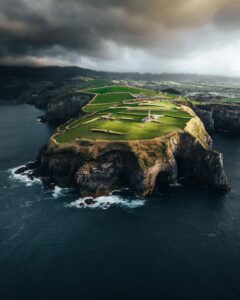
Photo tour in Azores, Portugal
Join us in the Azores for a unique photo tour, where you’ll elevate your creative skills with expert guidance from Ronald Soethje, Bruno Ázera, and Nomadict.
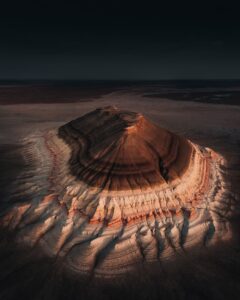
Forest Kai (@forest1kai): Photographer based in the US
In this article, Forest shares how years of chasing scale, silence, and raw landscapes shaped his approach to photography, from the deserts of Kazakhstan to the volcanic ridges of Iceland. He talks about how he uses light, texture, and vast negative space to create images that feel both intimate and overwhelming.
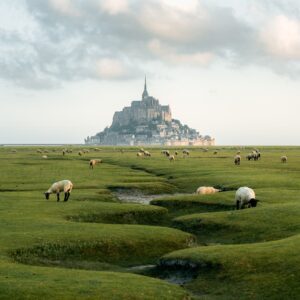
Simon Hechtbauer (@roamwithsimon): Best of the Week 32 at #nomadict
Simon shares the journey behind his photography, from early inspirations to field techniques, editing, and the story of the winning shot that shaped his path.

Miroslav Maršík (@miromarsik): Photographer based in Czech Republic
In this article, Miro shares how his love for cinematic music evolved into a deep passion for photography and how he uses light, color, and atmosphere to turn the streets of Prague into living film scenes.

Aurora photography panorama workflow: A guide to camera settings, editing, and color
In this article, Stefanie reveals how her background in physics sparked her passion for astrophotography and how she blends science with creativity to capture the beauty of the night sky. Readers will discover her approach to color, contrast, and editing, as well as her aurora photography workflow.

Yhabril (@yhabril): Best of the Week 33 at #nomadict
Spanish photographer Yhabril captures the profound connection between humans and the mountains that shaped him. Growing up in the Pyrenees, his work bridges outdoor sports, landscapes, and celestial scenes — often blending athletes, moonlight, and wilderness into striking visual stories.

Ariane Totzke (@besondersschwierig): Photographer based in Switzerland
In this article, Ariane shares how photography helped her navigate personal challenges, connect authentically with people and animals, and develop a philosophy rooted in empathy and artistic freedom. Readers will also discover her ethical approach to wildlife photography and her trusted equipment for both camouflage techniques and cameras.

How to photograph Dutch tulip fields: A guide to light, gear, composition, and colors
Discover how to photograph Dutch tulip fields in their most magical light. From choosing the right gear and lenses to mastering composition, color, and aerial perspectives, this guide shares creative techniques to capture the beauty of the Netherlands’ tulips. Learn how light, color grading, and proportion bring emotion into every frame.
